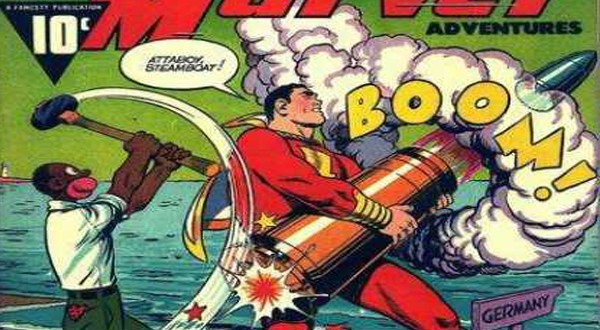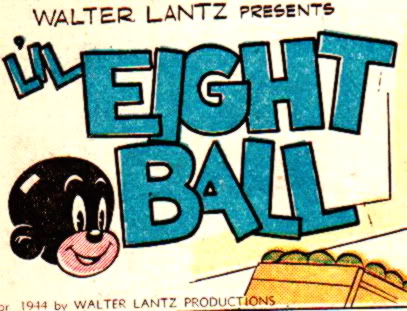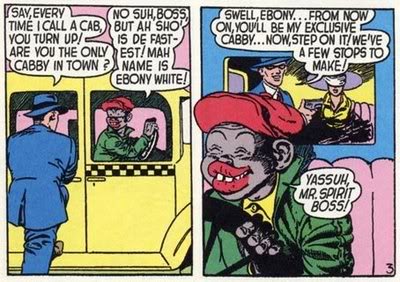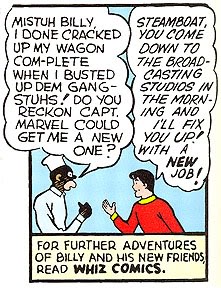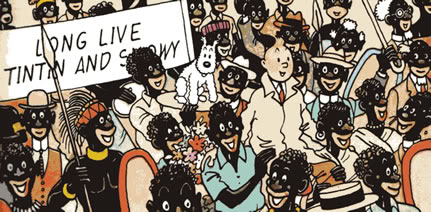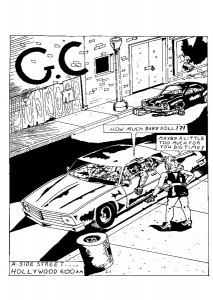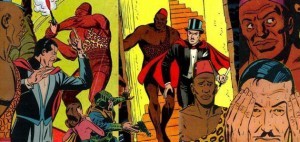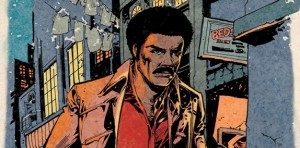From the moment the Golden Age of comics hit the shelves of drug stores and penny candy stops, the mythology and lore created by comic books has become a part of not only American, but global culture – so much so that the images and names of many characters are well-known in every corner of the world. Everyone knows the origin of Batman. Children know the name Superman. Teens across the world relate to the hardships of Spider-man, but what do people remember the most about such characters? If anything else, the character’s name is the beginning of what defines them, who they are, and what they stand for.
Captain America – there is no question what he’s all about. Hell, you want to go low brow? How about Cherry Poptart? Even if you never heard of her I’m guessing that you can take an easy guess at what this adult book is all about. Often times before an artist even begins to first sketch their creation, a lot of thought and revision goes into creating strong and fitting names that best defines the core of the character. The result can truly be amazing… and sometimes it becomes one of the most racially insensitive things ever published and distributed to the masses. Examples of which pop up from the early stages of sequential art to modern-day creations, and everything in between. So much so that sometimes all you can do is shake your head and laugh.
Li’l Eightball…circa 1931
Right after Universal Studios swooped in and bought up the studio that created “Oswald the Rabbit” out from under Walt Disney, they hired Walter Lantz to create this comic book character in order to make light of the everyday life of minorities. The pages were full with the type of slap stick and buffoonery that one can imagine goes hand in hand with such a depiction of Black stereotypes. Cartoons where also made starring Li’l Eightball. The first one was called Stubborn Mule. Yes, there was more than one. Have you been able to work out why he’s named Li’l Eightball yet? Not that hard. In the book he lived with his “Mammy” and he often had adventures with his girlfriend Honeysuckle Jones. In 1947 the editors dropped the character after protests by The Cultural Division of The National Negro Congress.
Ebony White…circa 1940
Ok, this one hits close to home because I’m a huge fan of the book that spawned this character; but hey, there’s nothing like being a little racist – it’s like being a little pregnant. His own name being a racial pun, Ebony White was the creation of Will Eisner and was the taxi driving sidekick to The Spirit. Ebony was a classic portrayal of a “minstrel” character. I once had the chance to ask Eisner himself about Ebony and he had mixed feelings over this good-hearted character. At the time they were aware of what they were doing but they were also practicing a form of racial humor that was the norm at the time. He went on to compare the use of Ebony to Dickens’s own use of stereotypes in his stories. Which is true, but that doesn’t seem like an excuse that would hold much weight in East L.A.
The Museum Of UnCut Funk has 4 original copies of the Ebony White comic book in it’s archives.
Steamboat…circa 1941
Steamboat was created by artist C.C. Beck in order to draw Black readers to the Captain Marvel comic book. Unfortunately he offended them instead and Steamboat was unceremoniously killed off after a delegation from a black civil rights group visited the editor’s office in protest. Steamboat was a servant and was meant to be a permanent character. He was found offensive due to his huge lips and kinky hair and because he spoke in a stereotypical slang. Here’s to tolerance and brotherhood, SHAZAM!
Everyone In Africa from ‘Tintin In The Congo’…circa 1931
The Belgin book Tintin in the Congo follows the adventures of Tintin as he travels to Africa and comes in contact with angry natives, savage wildlife, and…American gangsters? The story revolves around a diamond smuggling plot, but what really stands out is the depiction of Native Africans. To say he drew them to look like monkeys is a major understatement. They almost look alien monkeys. Herge, the cartoonist behind Tintin was very regretful later in his life for the way he presented Africa, the people, and their everyday life. He was very embarrassed and called it “the horror of his youth”. Nice, He wrote his own closer.
Source: lasercola.wordpress.com, written by Etrane Martinez

